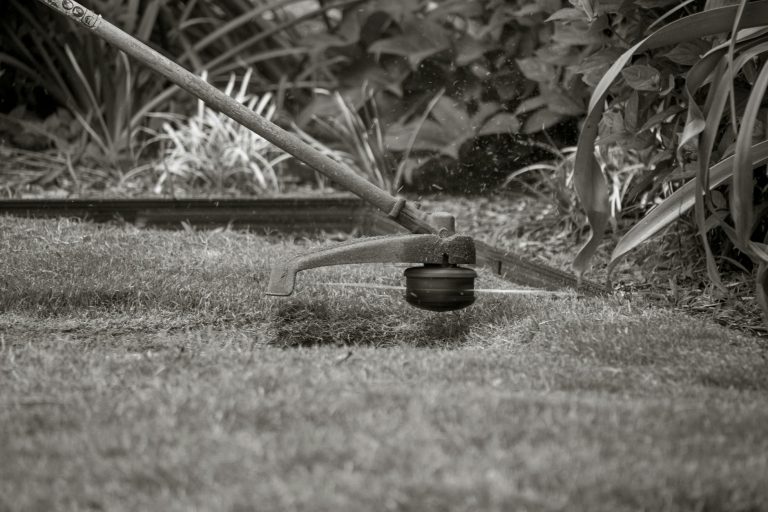Identifying Common Garden Weeds: Essential Tips & Tricks
In this comprehensive guide, we will explore essential tips and tricks to help you identify and tackle common garden weeds effectively. Understanding different types of weeds, like broadleaf weeds and grassy weeds, can empower you to combat these pesky invaders and reclaim your garden oasis.
Gardening enthusiasts understand the frustration of battling garden weeds. Weeds are unwelcome guests that compete with desirable plants for nutrients, light, and space. Identifying common garden weeds is essential to effectively managing them. By learning to recognize these intruders and understanding their growth habits, you can employ the right techniques to control and eradicate them. In this comprehensive guide, we will explore essential tips and tricks to help you identify and tackle common garden weeds effectively.
Understanding Different Types of Weeds
Weeds can be broadly categorized into two main types: broadleaf weeds and grassy weeds. Broadleaf weeds have wide leaves and often produce flowers, while grassy weeds resemble grass plants in their growth habits. By familiarizing yourself with these categories, you can narrow down the potential weeds that may be invading your garden.
Common Garden Weeds to Watch Out For
1. Dandelion (Taraxacum officinale): Easily recognizable by its bright yellow flowers and fluffy seed heads, dandelions have deep taproots that make them challenging to remove entirely.
2. Crabgrass (Digitaria): This grassy weed can quickly spread and take over lawns and garden beds if not addressed promptly.
3. Broadleaf Plantain (Plantago major): With its broad leaves and low-growing habit, plantain is a common weed that thrives in compacted soil.
4. Chickweed (Stellaria media): This low-growing, spreading weed can smother desirable plants if left unchecked.
5. Bindweed (Convolvulus arvensis): Recognizable by its climbing habit and trumpet-shaped flowers, bindweed can be a persistent nuisance in gardens.
Identifying Weed Seedlings
Early identification of weed seedlings is crucial for preventing them from establishing strong root systems and spreading further. Weed seedlings often look different from mature plants, so learning to identify them in their early stages is key to effective weed control.
Weed Control Techniques
1. Hand Pulling: For small infestations or individual weeds, hand pulling can be an effective way to remove weeds, especially those with shallow root systems.
2. Mulching: Mulching your garden beds can help suppress weed growth by blocking out sunlight and preventing weed seeds from germinating.
3. Herbicides: Selective herbicides can target specific types of weeds without harming desirable plants. However, use them with caution and follow the instructions carefully.
4. Cultural Practices: Maintaining a healthy garden with proper watering, fertilizing, and spacing can help prevent weed infestations by promoting the growth of desirable plants.
Prevention is Key
Preventing weeds from taking over your garden is often more manageable than trying to eradicate established weeds. Regularly inspect your garden for weed seedlings, maintain healthy soil conditions, and practice good garden hygiene by removing weeds before they have a chance to spread.
Conclusion
Identifying common garden weeds is the first step towards effective weed management. By familiarizing yourself with the characteristics of different weeds, employing appropriate control techniques, and prioritizing prevention, you can keep your garden healthy and free from unwanted intruders. With these essential tips and tricks in mind, you can enjoy a thriving garden that is lush and weed-free.






